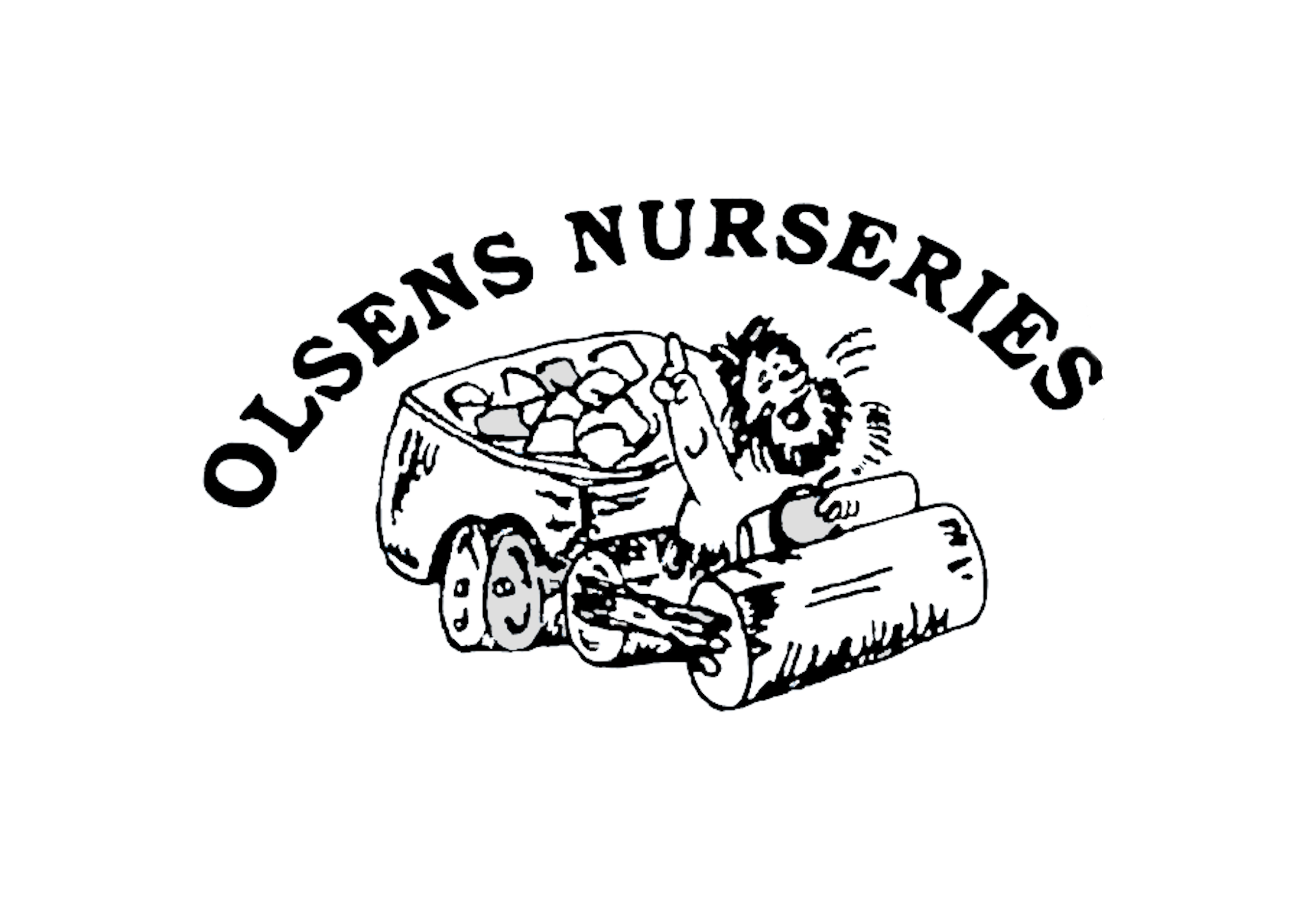Many vegetables can be sown directly outside once things are warm enough. Lettuce, radishes and snow peas are some of the earliest vegetables that can go in to the ground, some as early as mid-march, depending on the variety. However, some seeds need to be started indoors with enough lead time so that they are strong and healthy when they are ready to go outside.
Below is a quick glance at what is needed to start seeds indoors:
- Seed starting soil – This is a light, soft soil that is ideal for tiny rootlets to get started in. Regular potting soil can be heavy, and hold on the too much water, letting seeds rot instead of germinating.
- Pots or a tray - You'll need something to contain your seeds that allows water to drain.
- Bright light - Unless you have an excellent south facing window, you will need supplemental light to help your seeds grow well. Late winter sunlight is not sufficient and seeds grown only using that will often be leggy and weak, not surviving the transplanting process.
- Seeds - The heart of your project!
Seed starting is a rewarding and money-saving alternative to buying pre-grown vegetable starts in May. It is also better for certain vegetables (like carrots especially) than trying to transplant them. You don’t have to do everything you like to grow, but give one a chance this year. We bet you’ll love it!
Some plants take longer to get started than others, while some go in to the ground earlier so planning your seed starting is important. For example, parsley, broccoli, and cabbage can be transplanted outdoors as early as 4-6 weeks before out last frost date, while tomatoes, peppers and eggplants should wait until all danger of frost is past at around Mother’s Day. If it’s May 1st, it’s probably too late to start tomato seeds, but still plenty of time for some of the others!
On the topic of starting seeds indoors, choosing the right seeds depends on how soon before that final thaw date May 15th you begin planting.
Between February 15th and March 1st (10-12 weeks before avg. final frost): Onions, Leeks, Cauliflower, Broccoli, Celery, Parsley, Cabbage
Between March 15th and April 1st (6-8 weeks before avg. final frost): Tomatoes, Eggplants, Peppers (Hot or Sweet), Swiss Chard, Lettuce
Between April 15th and May 1st (2-4 weeks before avg. final frost): Basil, Cilantro, Dill, Cucumbers, Summer Squash, Winter Squash
Around May 15th (our last average frost): Melons, Okra
But what about carrots, beets and the others? When do you sow them inside?
You don’t have to. The root vegetables in particular do best when directly sown outside, so that you are not disturbing their roots by transplanting them. Always default to the dates you see on the seed packet, but some of the seeds you can plant directly outdoors are:
- Carrots (2 weeks before last frost date)
- Beets (2 weeks before last frost date)
- Peas (2-4 weeks before last frost date)
- Radishes (2 weeks before last frost date)
- Green Onions (2 weeks before last frost date)
- Spinach and Arugula (2-4 weeks before last frost date)
- Corn (1 week after last frost date)
- Beans (2-4 weeks after last frost date)
Some of the seeds that you can start indoors to get a head start on can also be sown directly outside once the soil is warm enough. These include:
- Lettuce (2-4 weeks before last frost date)
- Swiss Chard and Kale (2 -4weeks before last frost date)
- Summer and Winter Squash (1-2 weeks after last frost date)
- Cucumbers (1-2 weeks after last frost date)
- Melons (1-2 weeks after last frost date)
- Basil (2 weeks after last frost date)

